Creative Pathways into ROYAL BLUE: Johannes Vermeer, Barnett Newman and Donald Judd
Crisp, clear and direct, the bold colour of ROYAL BLUE has fascinated artists for centuries. Artists have become obsessive about this shade of blue, returning to it again and again for its ability to add dramatic tension and theatrical impact to their art. Those who have fallen for this colour’s spell have realised this shade of blue is so direct and forthright it can easily stand alone within a work of art, or with just a few touches of softer hues around it. More often than not this is a standout colour, a centrepiece around which everything else radiates. From Dutch master Johannes Vermeer to American Colour Field painter Barnett Newman and the great American Minimalist sculptor Donald Judd, we contrast three very different artists who have each interpreted this colour in their own creative ways.
Dutch 17th century Golden Age painter Johannes Vermeer saw this intoxicating shade of blue all around him, in the indulgent fabrics for sale in street markets, modestly wrapped around women’s heads, or adorning delft tiles. Little surprise then, that Vermeer worked out ways of making this indulgent blue sing out from his intricate, domestic scenes. In The Milkmaid, 1658, royal blue is undoubtedly the standout colour, wrapped all around the waist of his enigmatic model, and spilling out from another cloth draped over the foreground table. Vermeer shows how this colour sits alongside a series of softer, more mellow tones, including the deep ochre and green shades in the upper half of her dress, to the dusty, pale cerulean blue of the tablecloth. Meanwhile, the deep terracotta of the ceramic jug and bowl (echoed in her lower skirt) provide a richer, earthier and more resonant contrast.
American mid-20th century Colour Field painter Barnett Newman also had an infatuation with the same shade of blue, demonstrated in his many vast Colour Field paintings that flood the viewer’s eyes with great walls of coloured light. Newman’s dramatic abstract painting titled Onement VI, 1953 is an ode to royal blue; Newman paints the entire canvas in almost entirely flat, uniform block of colour, letting it expand out across the entire canvas with its electrifying hue. In the centre is Newman’s trademark ‘zip’, a slim strip of ice-cold pale blue that opens up the canvas to let in a little sliver of light. This work is one of a series that Newman dedicated to royal blue’s dazzling, iridescent shade. Each time he played with how an additional strip of lighter blue – in varying hues and widths – could soften and break apart the brilliance of bright blue, sometimes with just the slightest, elemental touch.
Like Newman, American Minimalist Donald Judd was fascinated by the brilliance of bright blue, and he often explored the ways it could be incorporated into his repetitive, geometric sculptures. Though Judd’s rigid, minimal and pared back constructions were often made of shimmering metal, colour was a way for him to invite radiance, light and a connection to the sublime. In Judd’s multi-part, wall-based installation, Untitled, 1978, Judd toys with how the cool, pale and matt grey of galvanized iron can contrast with the opaque, shiny blue acrylic sheets inserted inside them. Lined up in rows, Judd’s stack of self-contained boxes cast shadows onto one another, forming a series of unlikely and unexpected patterns that shift throughout the day. The blue inserts allow light from around the room to filter through, and glow radiance outwards into the space beyond, resembling the transcendental quality of stained glass. Judd observed how fundamental this spiritual approach to colour was in his art, noting: “Colour, like material, is what art is made from.”






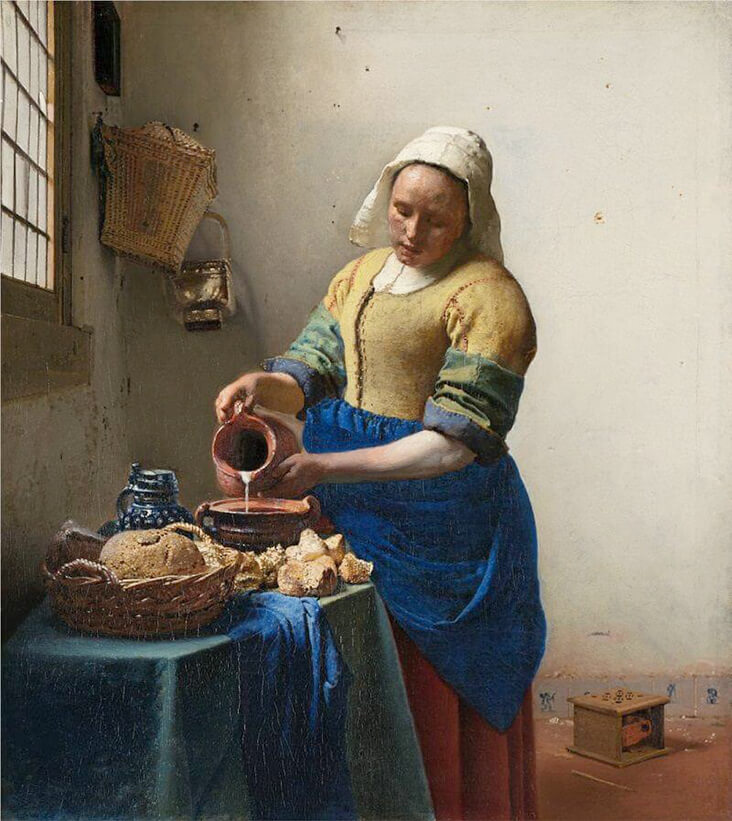
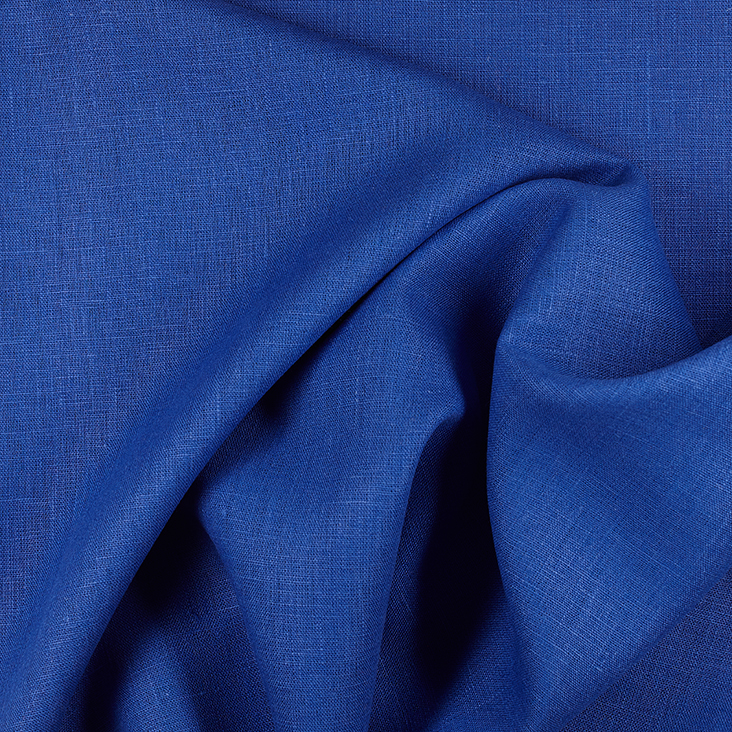
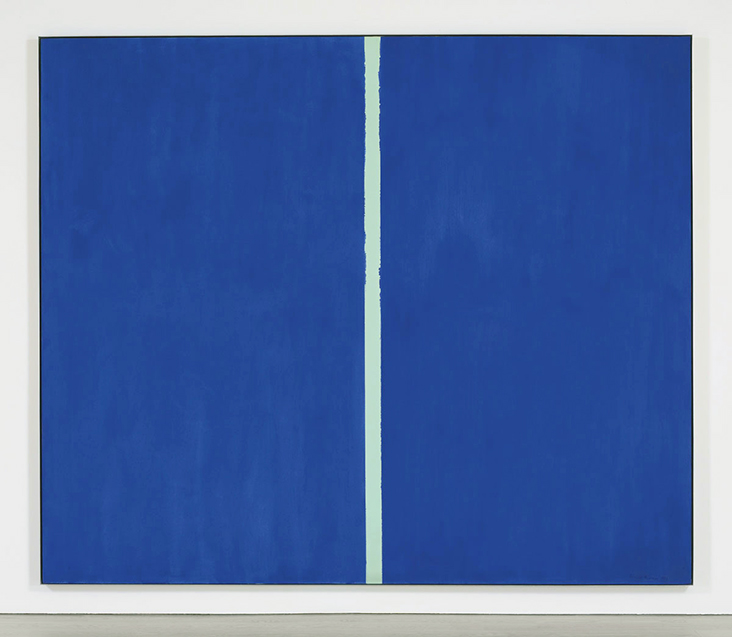
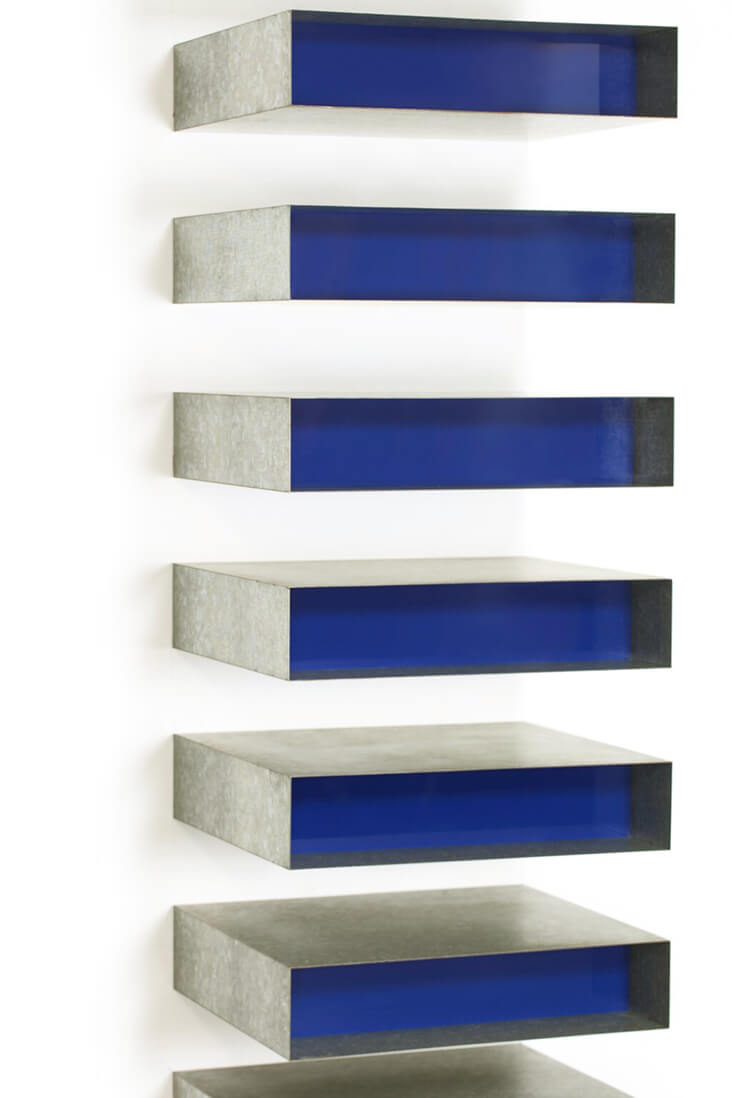
















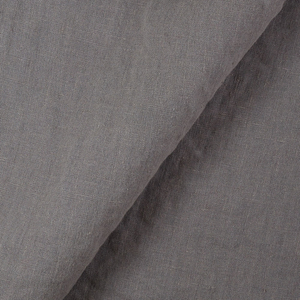


























Leave a comment